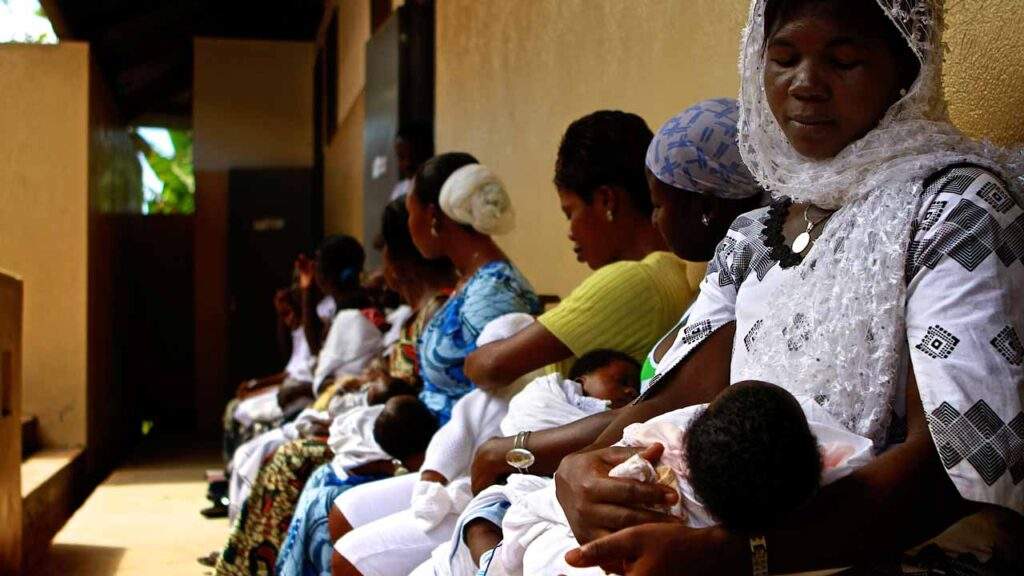In Nigeria, the persistent plight of maternal and child health has a direct link to the inadequacies plaguing the Primary Healthcare System. Regrettably, this places the country within the unfortunate 3% of the global population responsible for maternal and newborn mortality rates.
Experts stress that the root causes of this crisis stem from inadequate funding, a scarcity of medical expertise at PHCs, gaps in healthcare coverage, as well as the mismanagement and under-equipped state of primary healthcare centers. These systemic issues have contributed significantly to the dire state of the sector.
During a recent seminar for health journalists themed “Improving access to healthcare: The role of primary healthcare”, Dr. Salma Anas Ibrahim, the Special Adviser to President Bola Tinubu on Health, emphasized the potential of restructuring PHCs as a pivotal solution to avert maternal and child deaths.
Dr. Salma Anas Ibrahim conveyed that an effective primary healthcare system would establish a robust foundation for healthcare provision across the country. It would also play a vital role in achieving the Universal Health Coverage target outlined in the Sustainable Development Goals by 2030, as it is the closest to the populace in dire need of medical care.
She articulated, “The PHC is the linchpin for a resilient health system and should be reimagined to provide essential services that support the realization of UHC and ensure health security.”
Describing the PHC as the entry point into any society’s healthcare delivery system, Salma emphasized the crucial role it plays in addressing approximately 80% of health concerns and providing life-saving basic care for the community.
“In its capacity as the gateway to healthcare services, it should be custom-tailored for efficient functionality and operations, specifically catering to the needs of the local community,” Salma pointed out. “It should serve as a focal point for positive engagement, offering hope and alleviating distress for both caregivers and patients. Community ownership and leadership should be prioritized to ensure optimal utilization and sustainability of the PHC system, aligning with the people’s aspirations and developmental needs.”
Highlighting the necessity for seamless referrals, Salma underscored, “The PHC should be seamlessly linked to a secondary care facility to streamline the process of referring cases that require specialized attention.”
Salma cautioned that maternal healthcare and pregnancy-related conditions continue to contribute substantially to the healthcare system’s burdensome morbidity and mortality rates, further weakening the infrastructure supporting health service delivery in the country.
“In the integrated system we aspire to establish, we aim to ensure that when a pregnant woman seeks healthcare, she is guaranteed quality care to deliver a healthy child, inclusive of covering the costs for the services she receives. This entails ensuring her inclusion under one form of health insurance or another,” she further articulated.
In essence, the restructuring and revitalization of Nigeria’s PHCs emerges as a pivotal strategy in addressing the longstanding maternal and child health challenges. This foundational healthcare infrastructure, if properly revamped, can serve as the linchpin for a more robust and resilient health system.





